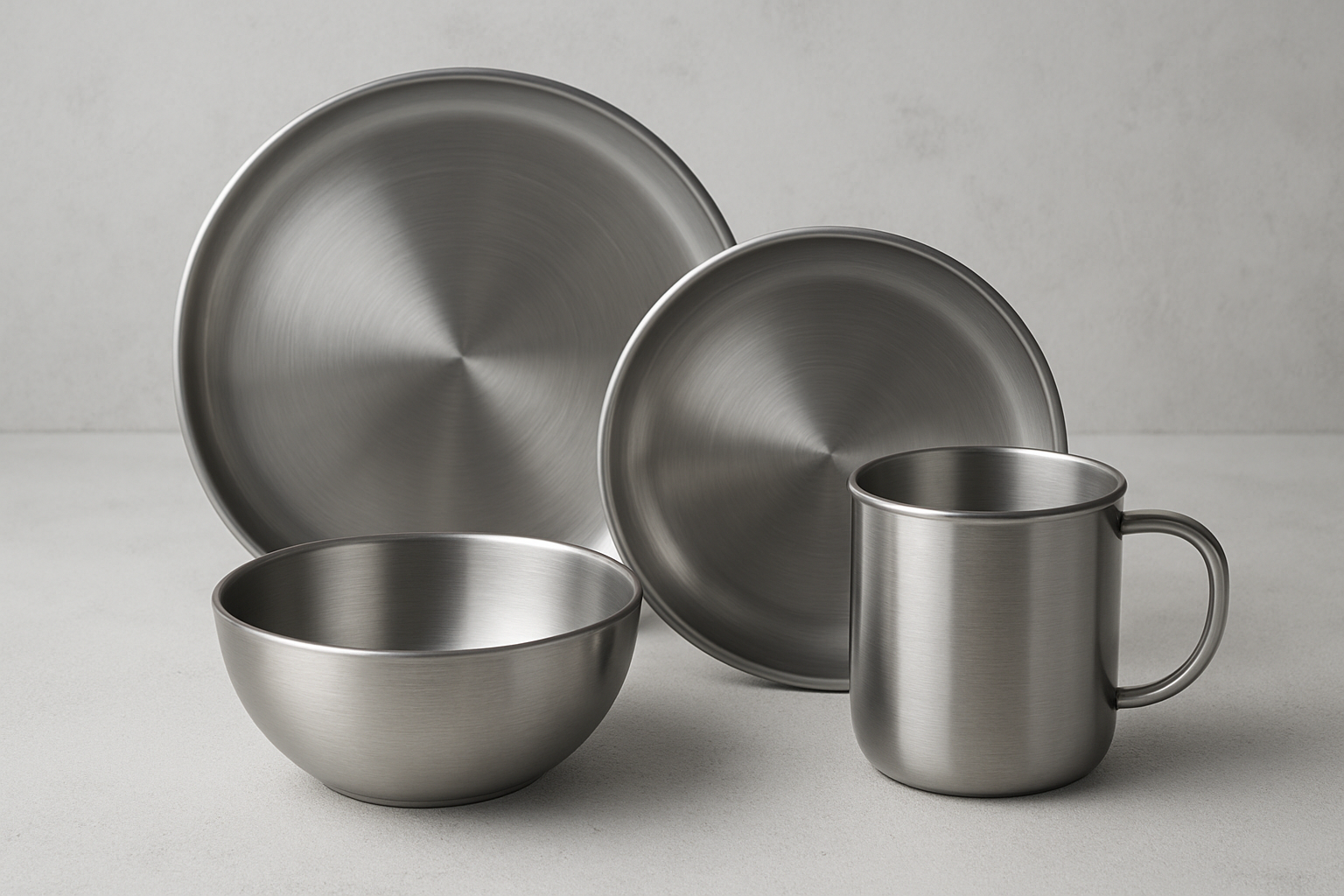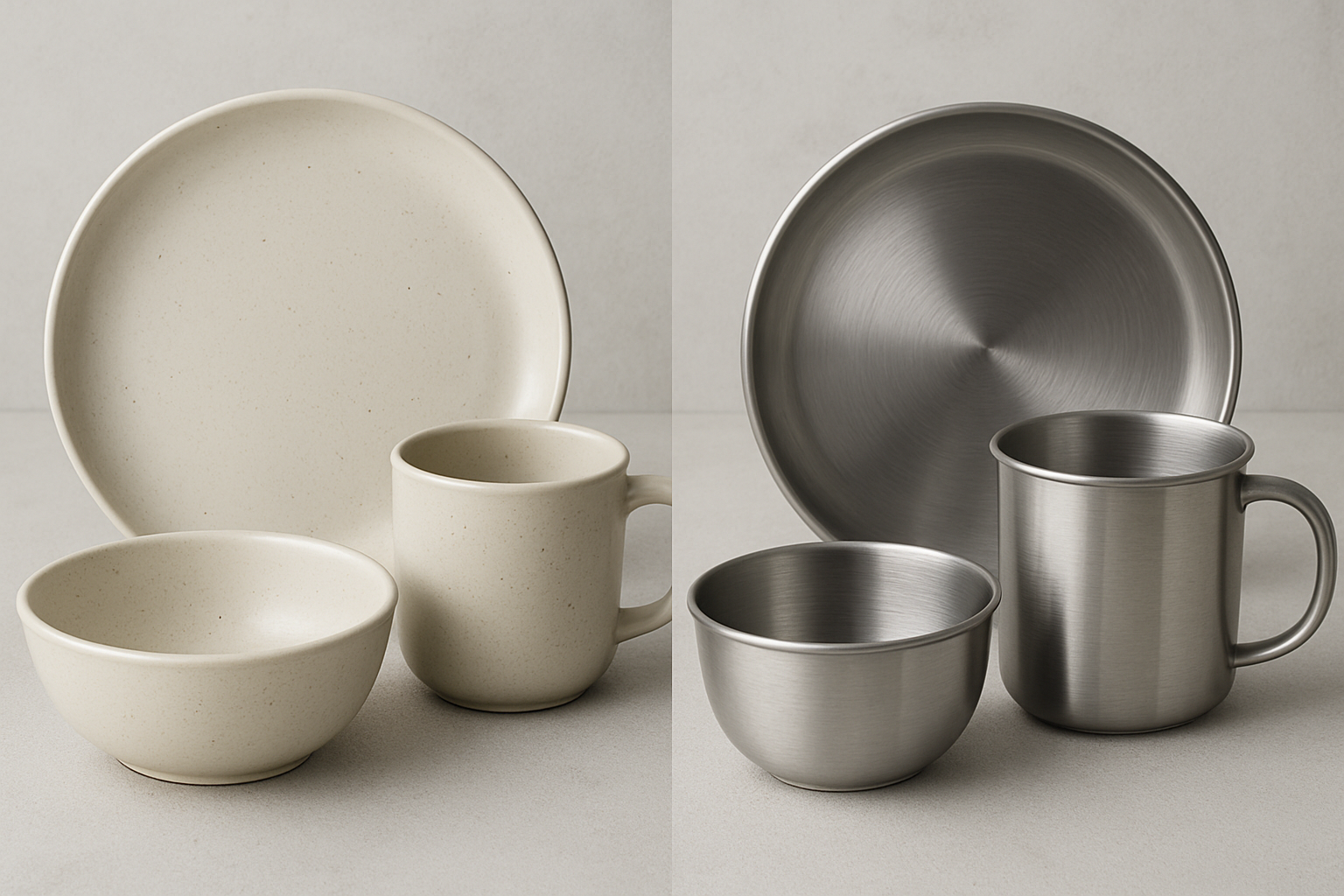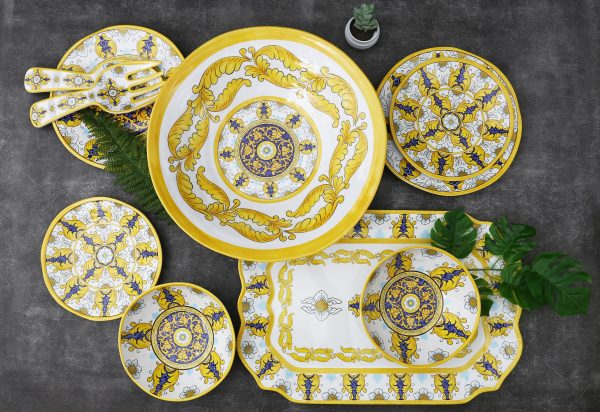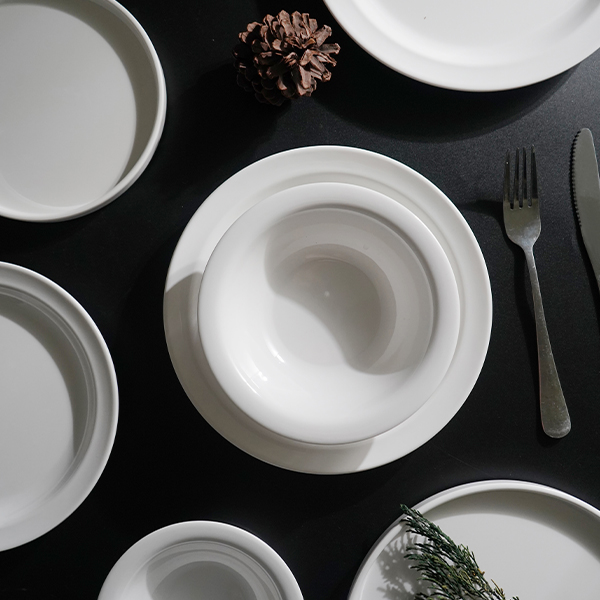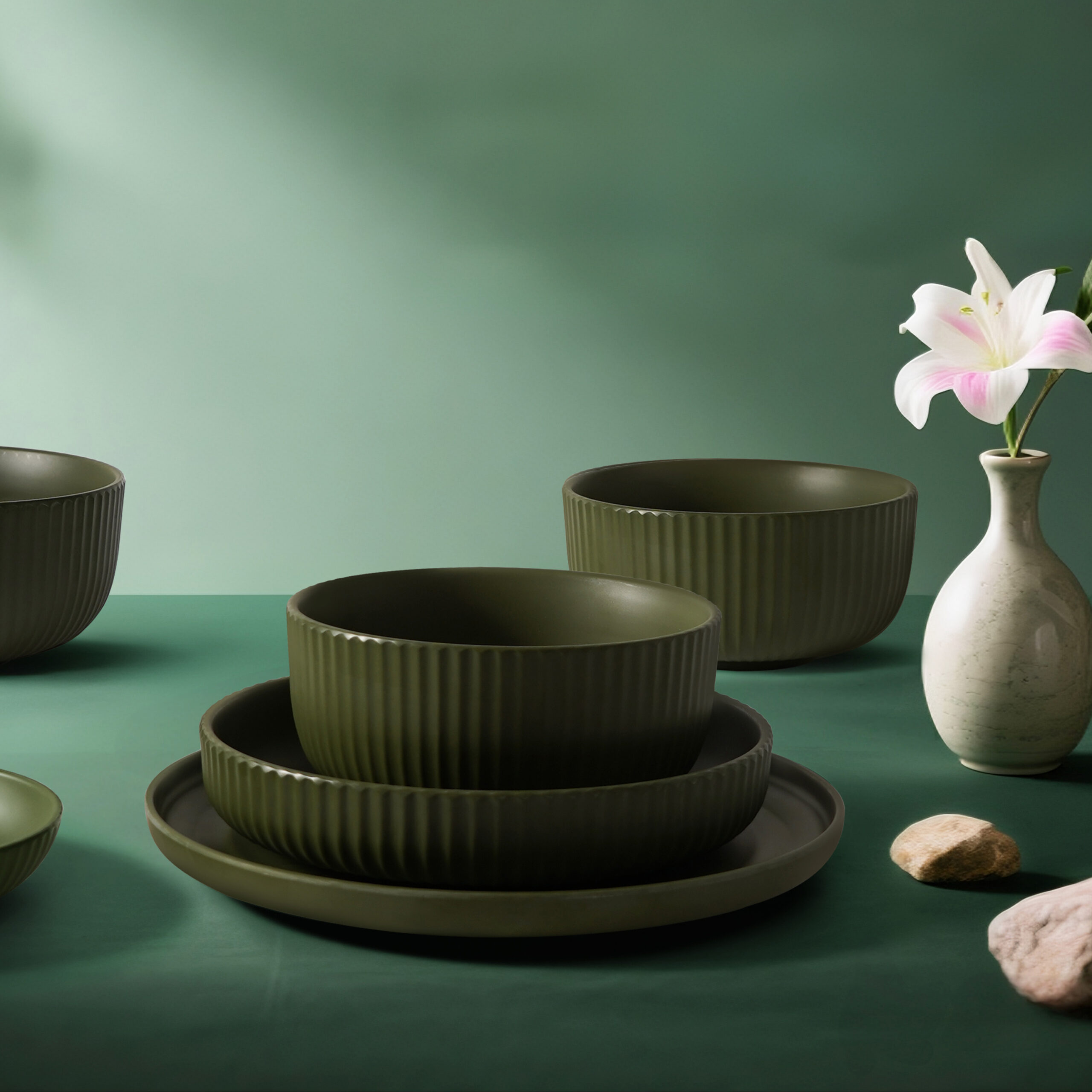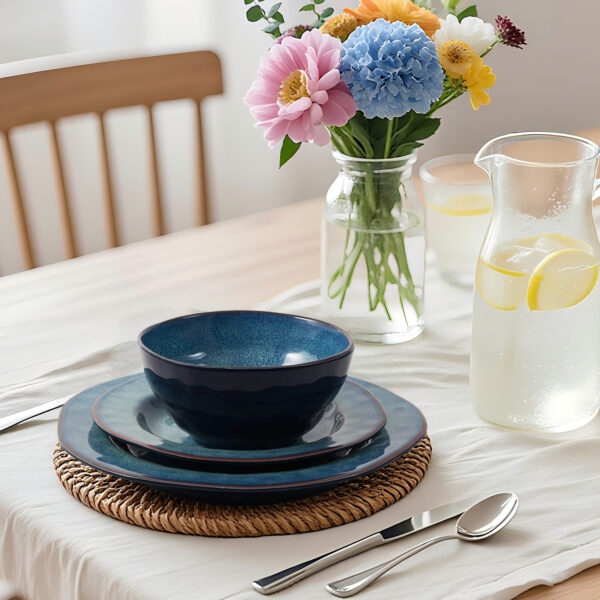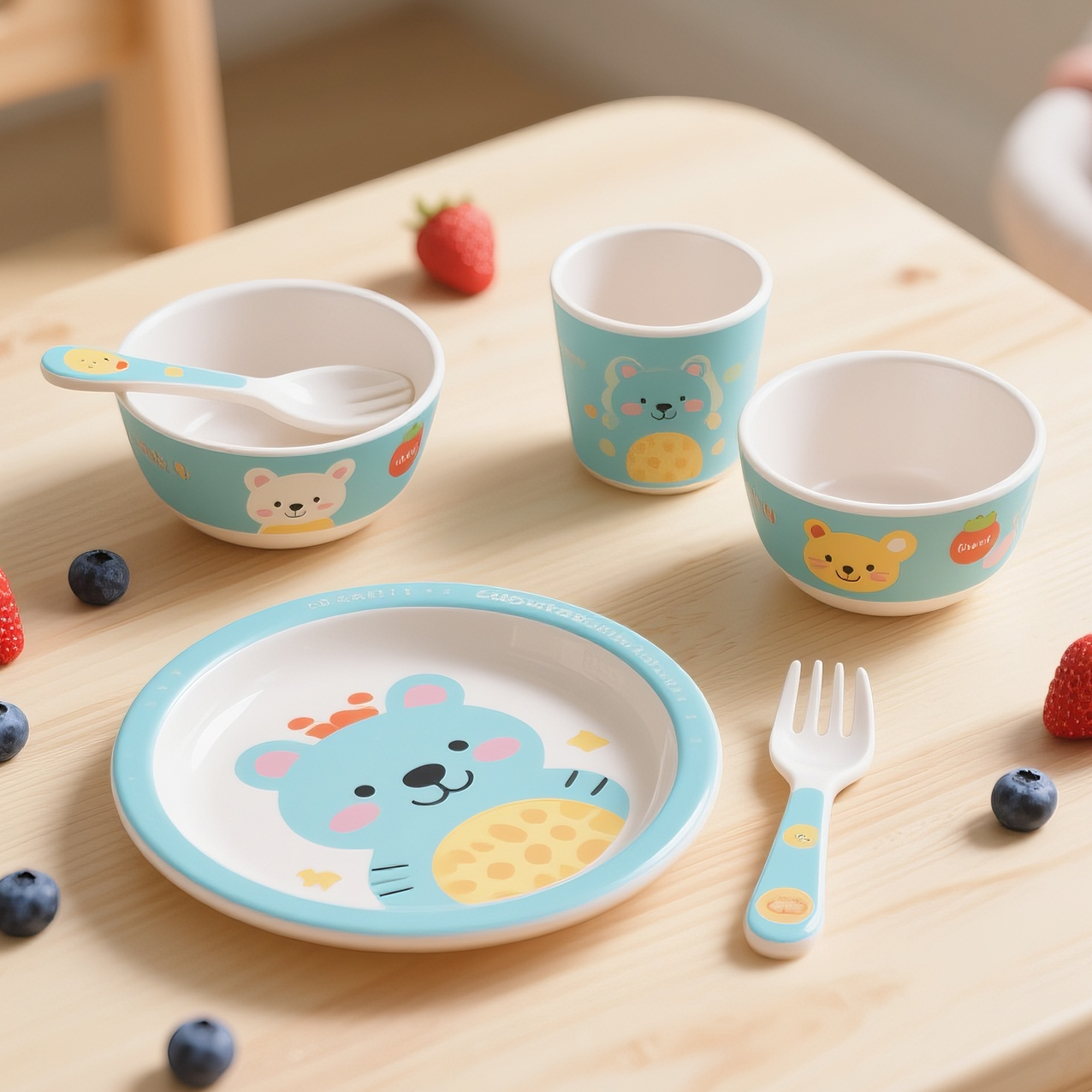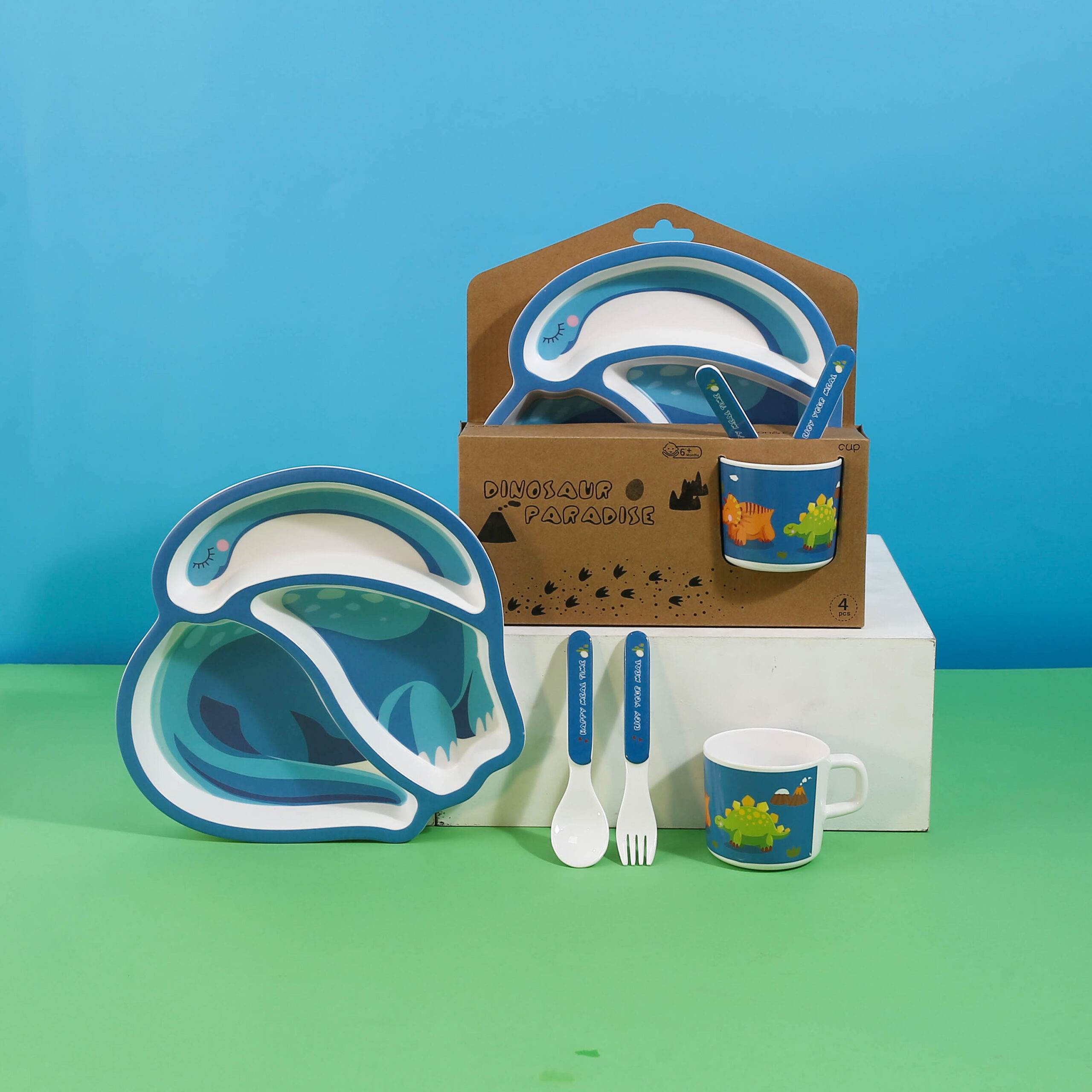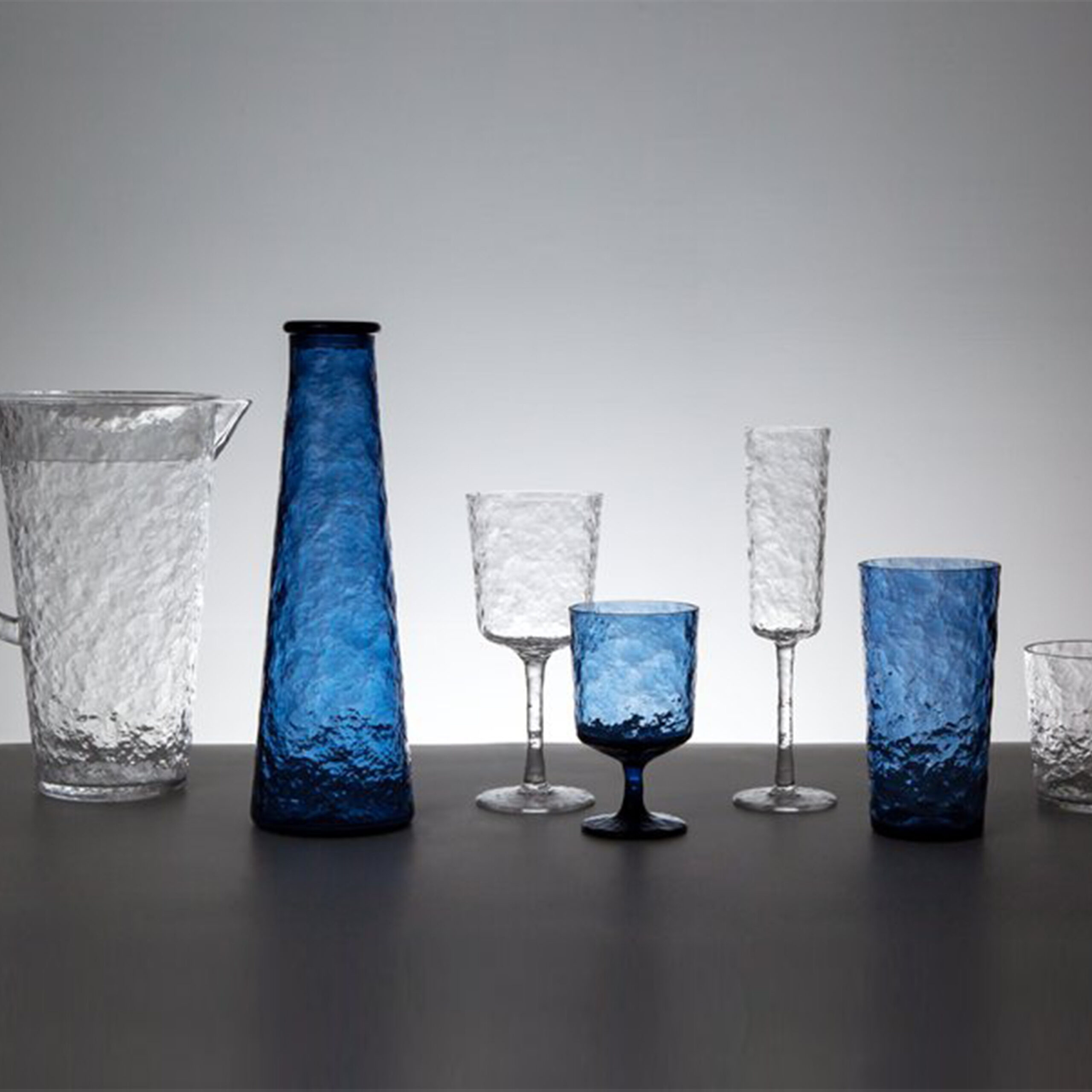Durable tableware is essential for homes, restaurants, and catering businesses. Choosing the right material not only improves dining experiences but also reduces the cost of frequent replacements.
Among the most popular options today are melamine, stainless steel, and acrylic tableware. Each has unique features, cleaning requirements, and durability levels. Understanding how to maintain them correctly is the key to extending their service life and ensuring safety during daily use.
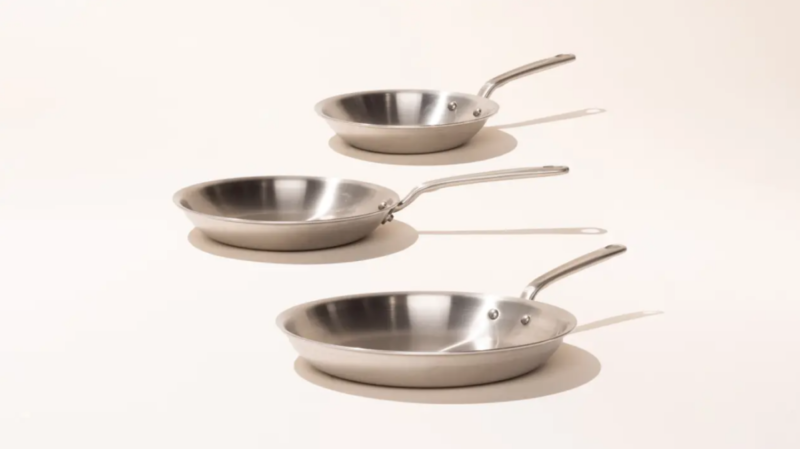
Cleaning and Maintenance of Melamine Tableware
- Melamine tableware has become a common choice in cafeterias, households, and casual dining places. It is lightweight, resistant to breakage, and available in many designs. To keep melamine durable tableware in good condition, proper cleaning practices are important.
- Melamine items should always be washed with mild dish soap and warm water. Abrasive cleaners or steel brushes can scratch the surface, making the plate or bowl less attractive and more prone to staining. When placed in dishwashers, melamine should be kept on the top rack where the heat is lower.
- Exposing it to direct heat can damage the material. Regular inspection for chips or cracks is recommended, since worn-out melamine can absorb odors or colors from food. By avoiding strong bleaching agents and keeping cleaning gentle, melamine tableware can last for many years.
Care Guidelines for Stainless Steel Tableware
- Stainless steel tableware is often associated with professional kitchens, restaurants, and homes where long-lasting materials are a priority. It is considered one of the strongest forms of durable tableware, offering resistance to rust, heat, and physical impact.
- For cleaning, stainless steel requires slightly different care compared to melamine. Handwashing with warm soapy water is suitable for daily use, while dishwashers are generally safe.
- However, harsh chemicals or extended soaking in salty water should be avoided, as they may lead to surface stains. Using a soft sponge or cloth helps maintain the shine without scratching.
- Polishing stainless steel periodically can also preserve its appearance. Specialized cleaners are available, but natural methods such as a vinegar-water solution work effectively too. When stains appear, they should be removed promptly to prevent permanent marks.
- Storage also influences the lifespan of stainless steel. Keeping pieces dry after washing prevents water spots and maintains their clean look. With minimal maintenance, stainless steel tableware often lasts far longer than melamine or acrylic.
Maintaining Acrylic Tableware
- Acrylic tableware is popular in outdoor dining, family gatherings, and places where a balance between style and practicality is needed. It is clear like glass but lighter and less prone to shattering. As part of the durable tableware category, acrylic requires specific care to remain in good condition.
- Dishwashers may be used if the manufacturer specifies it, but high heat and harsh detergents can cause acrylic to become cloudy or brittle. Avoiding scouring pads is important, since acrylic scratches more easily than stainless steel or melamine.
- To extend its service life, acrylic should not be exposed to boiling water or strong heat sources.
- Prolonged sun exposure can also reduce clarity over time, making storage in shaded places preferable.
- If scratches do appear, polishing compounds made for plastic can help restore the surface. With consistent care, acrylic tableware can last many years in casual dining environments.
Durability Comparison: Melamine vs. Stainless Steel vs. Acrylic
When comparing durability among the three, stainless steel clearly stands at the top. Its resistance to heat, rust, and impact gives it the longest service life, especially in commercial or high-use environments.
- Melamine comes next, offering strength against breakage and affordability, though it cannot handle high heat or heavy use in cooking processes.
- Acrylic is durable in terms of break resistance but is more prone to scratching and losing clarity over time.
In short, the ranking of durability is: Stainless steel > Melamine > Acrylic
This order reflects not only physical strength but also the ability to withstand frequent cleaning, exposure to heat, and daily handling. However, all three can be considered durable tableware options when maintained properly.
Practical Tips for Extending Service Life
Regardless of material, several practices ensure that durable tableware remains safe and useful for longer. Using mild detergents, soft cleaning tools, and avoiding unnecessary heat exposure are universal principles. For households and businesses, establishing clear cleaning routines prevents accidental misuse.
Labeling storage areas and training employees in cleaning methods can also reduce mistakes. Periodic checks of tableware condition ensure that damaged items are replaced before they affect customer experiences.
Conclusion
When considering which option suits your needs, the durability comparison is clear: stainless steel offers the greatest resilience, followed by melamine, and then acrylic. However, all three, when treated with proper care, can serve as reliable durable tableware choices for many years.


